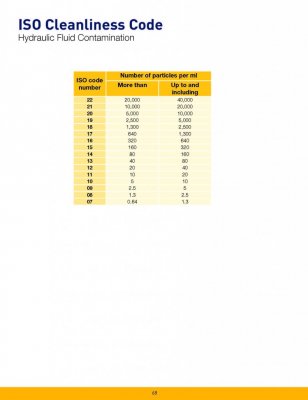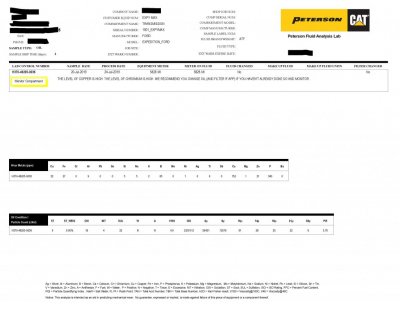

Vehicle: 2019 Expedition max XLT.
Transmission: 10R80
ATF: Motorcraft ULV
Couple of weeks ago, on 7/20, I installed a remote hydraulic filter to the ATF oil cooling line, in series with the heat exchanger. The filter (wix 51269) is 10 micron nominal with a 50% efficiency for 5 micron particles and 95% for 17 micron particles. The modification was done at 5800 miles and I took fluid sample right before the modification just wanted to know the baseline.
The fluid analysis result came couple of days later. The results shocked me in terms of how many particles it has. The initial fill ATF only had 5800 miles when the sample was taken and the cleanliness was bad, very bad. 23/21/12. It seems they made a typo on the metal. It should be iron and copper instead of iron and chrome.
The result is bad enough to cause big panic if it is for my work (aerospace). Evidently, the OEM filter in the pan seems to be very coarse. It makes sense, because it is a pump suction filter. In hydraulic industry, there are no filters on the pump inlet due to cavitation concern. Ford probably just have a coarse filter with a large filter arear on the pump. It is more like a filter for large foreign objects to prevent catastrophic failures.
If you like to learn more, research on ISO4406 standards. Or NAS1608 standards. I can explain a little: For a hydraulic system, the cleaner the fluid, the longer components last and the less chance to have unplanned maintenance. The higher precision and pressure the components are (fuel components, servo valves, high pressure pumps), the cleaner the fluid has to be. For example: (ISO 4406) 18/16/13 is required for diesel fuel. 16/14/11 is required for servo valves. I guess those solenoid valves inside of the transmission are just 4 way or 3 way valves (Also called bang-bang valves), still, those require minimum 19/17/14 for fluid cleanliness. I guess only ford knows that number. I am sure ford knows how much less money they will make if every transmission has a pressure or return filter…
Yesterday, 8/4, I drew another sample, the filter has been in the system for roughly 700 miles. I will keep everyone posted.
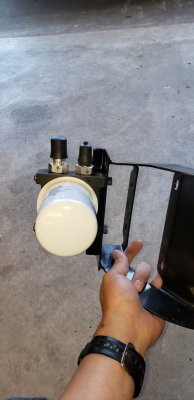
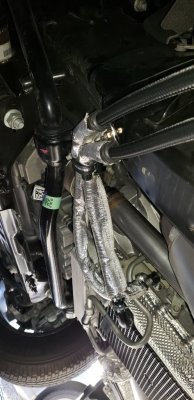
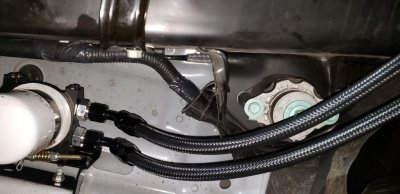
Last edited:


